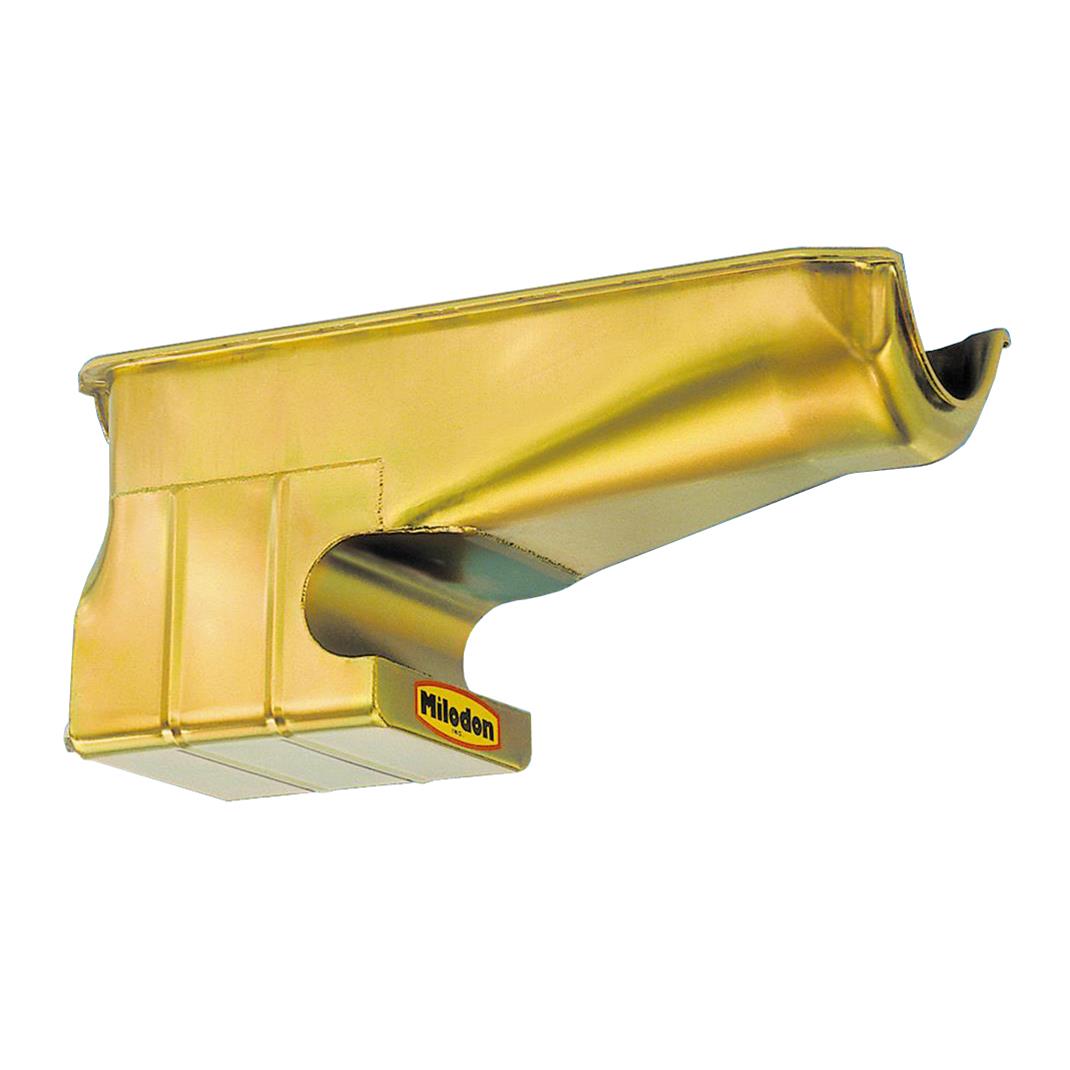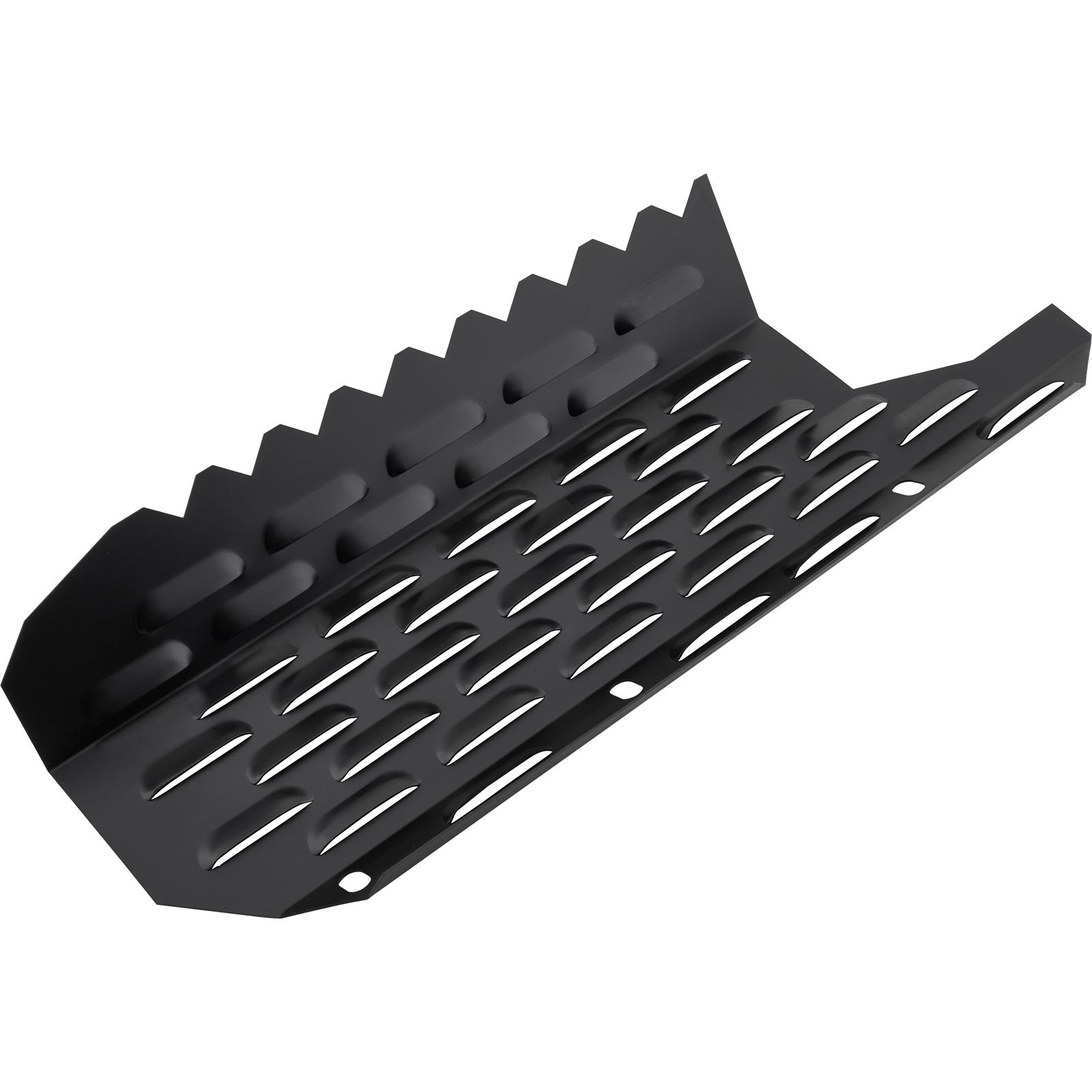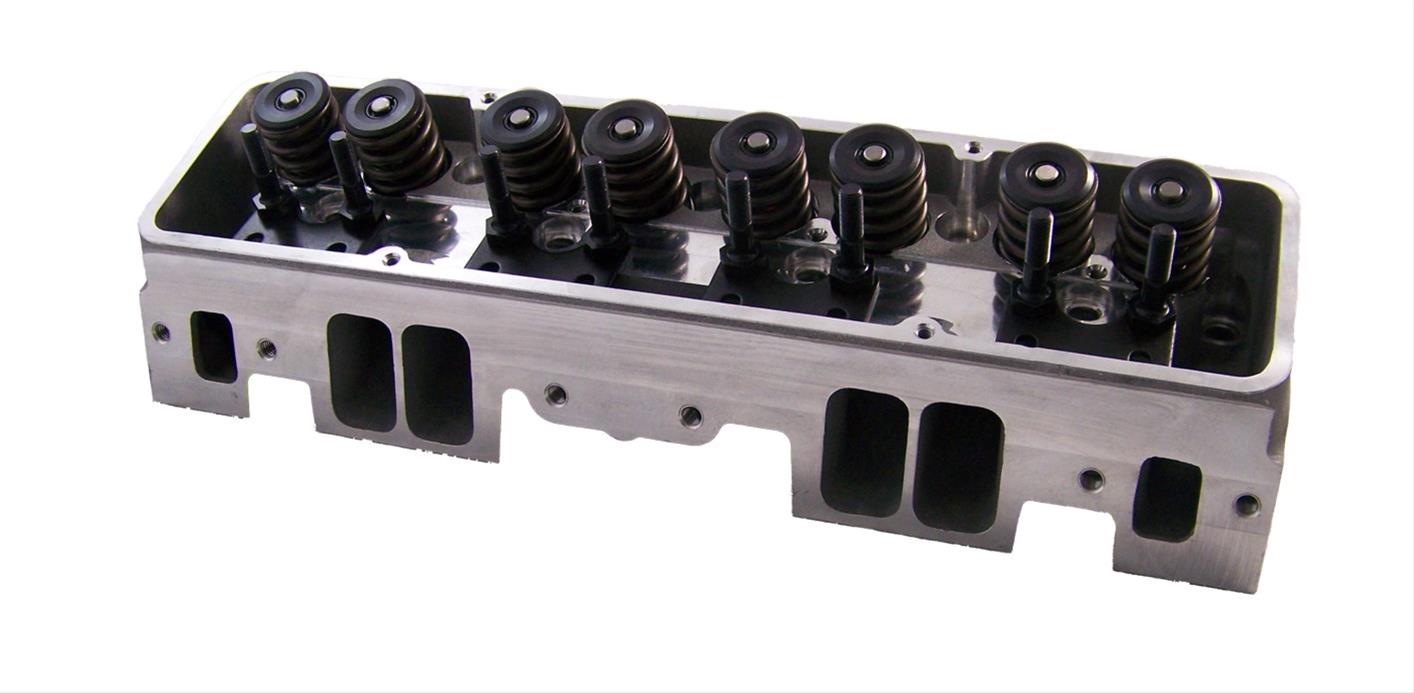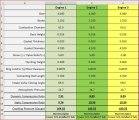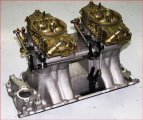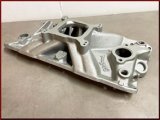Hey folks, im building an engine for a chevy II build. this will be a weekend local car show and maybe local strip car. Im building this for fun. its a throwback. something i would of built ( if i had the money) as a younger man. i know there are way better parts combos out there. i dont care.
this is what i have built so far.
.040 bored 327 early small journal
2 notch flat top (venolia) pistons. .036 quench
forged crank and rods ( big shoulder, bushed) factory. balanced. ARP everywhere
461 heads , 2.02. 3 angle ported. bigger crower springs. stainless valves.
TM1 tunnel ram with the floor modified much like a victor.
I have 2, 450 mech secondaries ( open to suggestions)
muncie close ratio 4spd
4:71 ford 9in.
i have a crower 00322 cam. this is a mech flat tappet. Dur @ .050” Lift: 248°/254° RR: 1.5/1.5 Gross Lift: .504”/.528” LSA: 112° RPM: this is where my question comes in. anyone ever use this cam? any recommendations for a cam for this setup.
I want something semi radical. i had a chevelle with 283 with a Crane solid F-278-2 cam .480-500 lift. loved it. screamed from 3000 up.
should i go roller? like i said weekend warrior retro 70s build.
this is what i have built so far.
.040 bored 327 early small journal
2 notch flat top (venolia) pistons. .036 quench
forged crank and rods ( big shoulder, bushed) factory. balanced. ARP everywhere
461 heads , 2.02. 3 angle ported. bigger crower springs. stainless valves.
TM1 tunnel ram with the floor modified much like a victor.
I have 2, 450 mech secondaries ( open to suggestions)
muncie close ratio 4spd
4:71 ford 9in.
i have a crower 00322 cam. this is a mech flat tappet. Dur @ .050” Lift: 248°/254° RR: 1.5/1.5 Gross Lift: .504”/.528” LSA: 112° RPM: this is where my question comes in. anyone ever use this cam? any recommendations for a cam for this setup.
I want something semi radical. i had a chevelle with 283 with a Crane solid F-278-2 cam .480-500 lift. loved it. screamed from 3000 up.
should i go roller? like i said weekend warrior retro 70s build.






